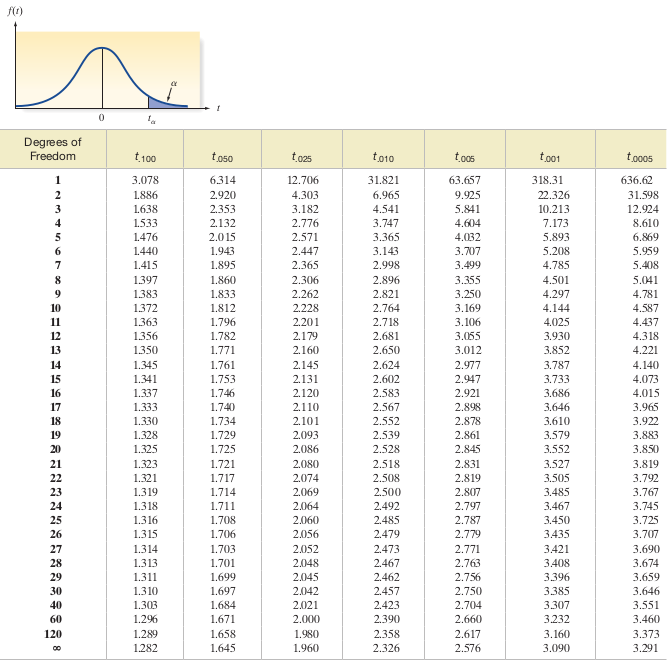Day 25
Math 216: Statistical Thinking
Bastola
Introduction to Small Sample Confidence Intervals
- Background: Confidence intervals and hypothesis testing for large samples (\(n \geq 30\)) rely on the \(z\)-statistic.
- Challenge: What happens with a small sample size (\(n < 30\)) where the Central Limit Theorem does not apply?
Adjusting for Small Samples
- Population Distribution: If the sample comes from an approximately normal distribution, we can use the \(t\)-statistic.
- Standard Deviation: When the population standard deviation \(\sigma\) is unknown and \(n < 30\), using the sample standard deviation \(s\) to approximate \(\sigma\) is unreliable.
- Solution: \[
t=\frac{\bar{x}-\mu}{s / \sqrt{n}}
\]
- Follows a \(t\)-distribution with degrees of freedom, \(df = n-1\).
Confidence Interval Using Student’s t-Statistic
- When \(\sigma\) is unknown: Use the \(t\)-statistic for confidence intervals.
- For a \(95\%\) confidence interval: \[ \bar{x} \pm t_{\alpha/2} \left(\frac{s}{\sqrt{n}}\right) \] where \(t_{\alpha/2}\) is determined from the \(t\)-distribution table for \(df = n-1\).

Calculation of P-Value
- When \(n<30\) and \(\sigma\) is unknown:
- Use Case: If the population is approximately normally distributed.
- Student’s t-Statistic: \[
t = \frac{\bar{x} - \mu_{0}}{s / \sqrt{n}}
\]
- Follows a \(t\)-distribution with \(df = n - 1\).